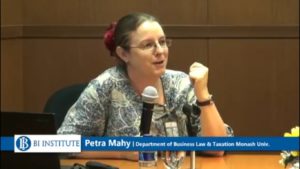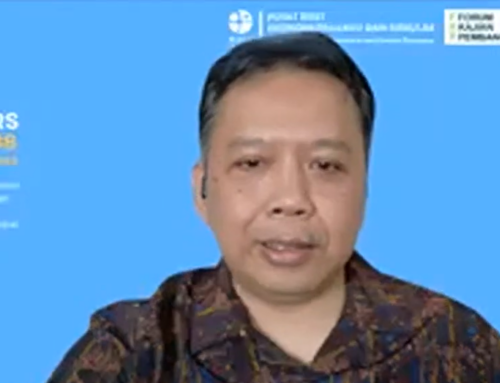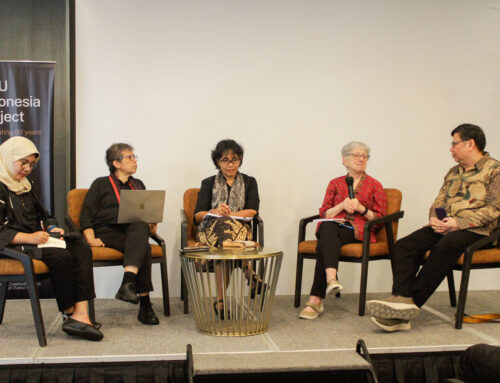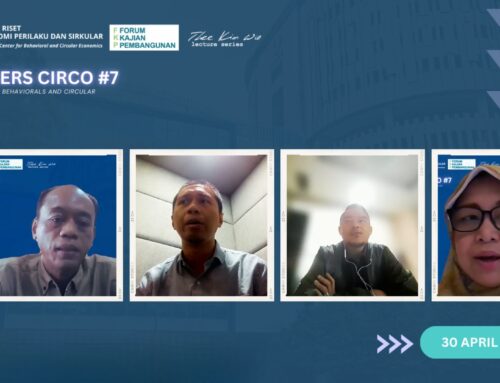Bank Indonesia Institute hosted the FKP seminars in February 2018. The second seminar was held on February 15th 2018 at Menara Sjafruddin Prawiranegara, Bank Indonesia, Jakarta. The presenter was Petra Mahy (Monash University). Her presentation focused on comparative results of a series of interviews of restaurant workers in Indonesian cities (Bandung, Yogyakarta, Manado). The research examines how formal labor laws interact with informal norms and institutions to regulate work arrangements in the three cities. Interviewees were asked about questions covering the scope of work arrangements such as recruitment, contracts, agreements, work conditions, social security, etc. With her study, Petra aims to reform the current discussion from just focusing on informal workers to informal regulation.
The interviews demonstrated the work arrangements spectrum in which there were two sources of regulation. At one end, the work arrangements followed state labor laws and accepted standard. At the other end, an informal end of the spectrum, the concept of kekeluargaan (being treated as family) plays a dominant role. It covered a bundle of interrelated ideas such as reciprocity, patron-client or parent-child type relationship, rule flexibility, et cetera. The study also explained about what causes the regulation of work, and investigates further about labor law in Indonesia.
In her study, she reflected that the research method was successful in getting sense of interactions between formal labor law and informal regulation. As the project progressed, it became clear that interviewing employers as well has giving useful information as much as interviewing employees. However, the drawback occurred when she interviewed workers that were mostly happy. This type of interviewee was less likely to give evidence of disputes and how regulation solve their problems. The method also considered as unsuccessful in pinpointing key regulatory actors beyond the workplace.
From the research, she suggested that it is needed essentially a more complex interaction map between regulatory spaces. Current attempt in understanding labor regulation are merely based on regulatory spaces imagined at national level. A more complex map may give a more plural regulatory spaces and more of a nested configuration as shown on the diagram on the file.
A paper on the research is available through this link.





